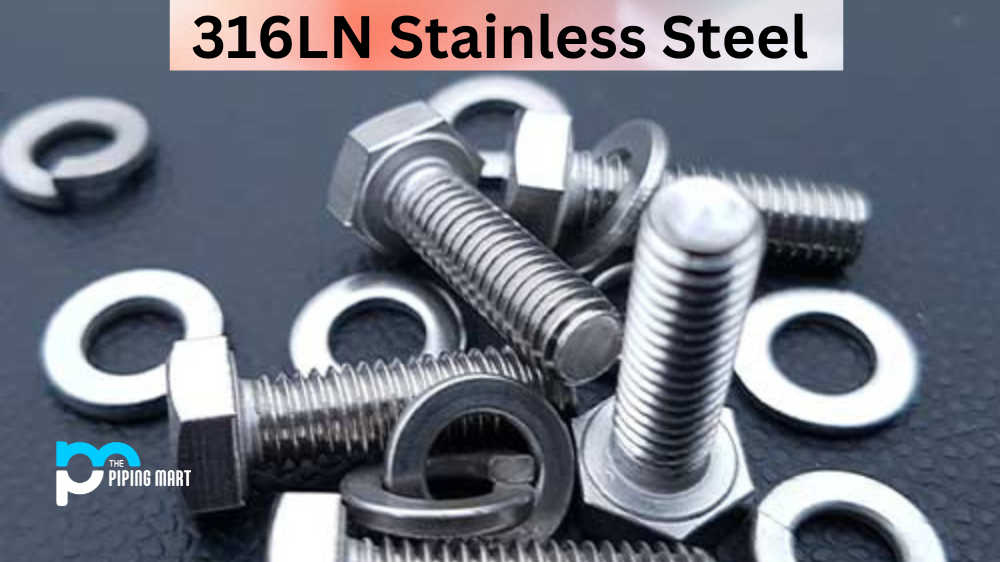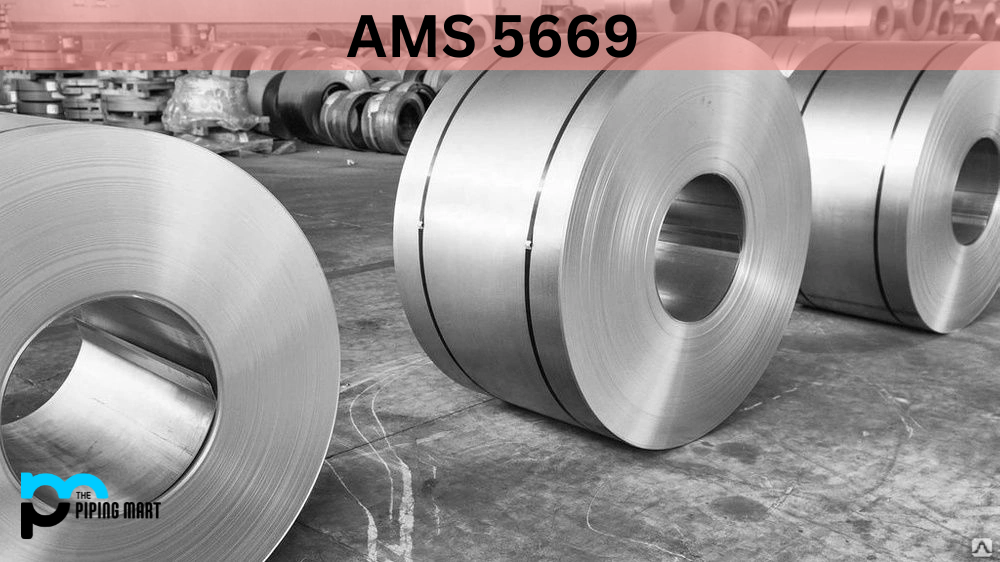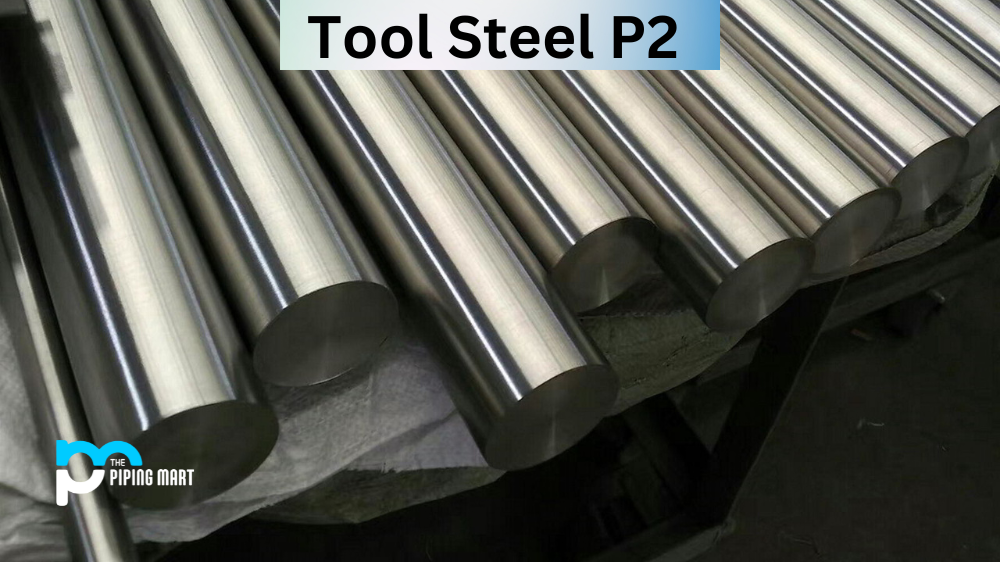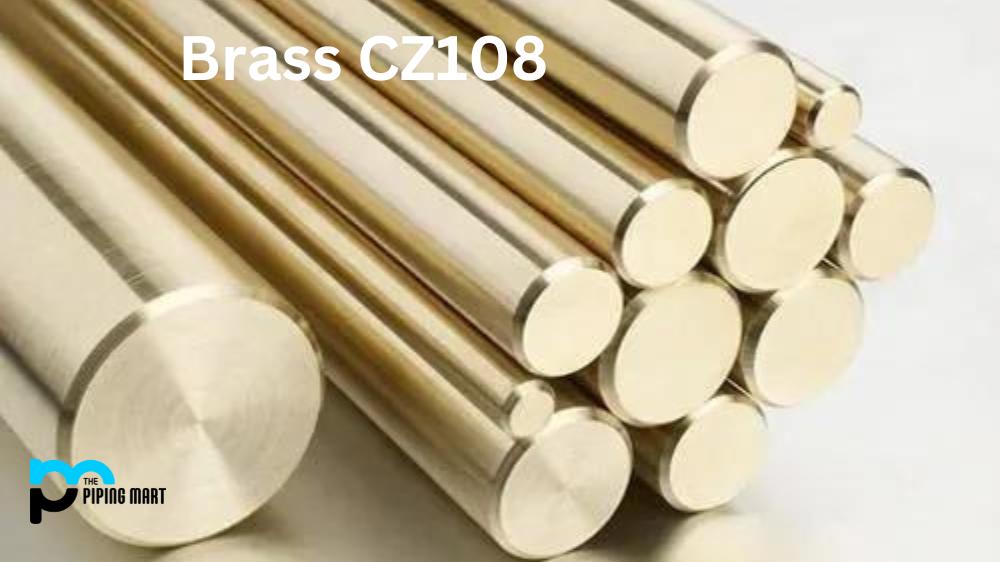If you’ve ever wondered what the difference between stainless steel and other kinds of steel is, this blog post is for you. Today we’re going to take a deep dive into 316LN Stainless Steel, one of the most common types of stainless steel on the market. We’ll look at its composition, physical properties, mechanical properties and common uses.
316LN Stainless Steel Composition
Grade 316LN is a low-carbon version of 316 with an addition of nitrogen. It contains 18-20% chromium, 10-14% nickel, 3-4% molybdenum, 2-3% manganese, 1-2% silicon, 0.1% carbon, 0.03% phosphorus and 0.03% sulfur, as well as trace amounts of other elements such as titanium and aluminium.
| Element | Content (%) |
|---|---|
| Iron, Fe | Balance |
| Chromium, Cr | 16.0-18.0 |
| Nickel, Ni | 10.0-14.0 |
| Molybdenum, Mo | 2.0-3.0 |
| Manganese, Mn | 2.00 |
| Silicon, Si | 1.00 |
| Nitrogen, N | 0.10-0.30 |
| Phosphorous, P | 0.045 |
| Carbon, C | 0.03 |
| Sulfur, S | 0.03 |
316LN Stainless Steel Physical Properties
UNS S31653 has a high corrosion resistance due to its high chromium and nickel content. It also has a higher toughness than regular stainless steel alloys thanks to its nitrogen content which helps improve its tensile strength and yield strength. Its melting point is around 1370°C (2500°F).
| Specific Heat (0-100°C) | 485 | J.kg-1.°K-1 |
| Thermal Conductivity | 16.3 | W.m -1.°K-1 |
| Thermal Expansion | 16.5 | μm/μm/°C |
| Modulus Elasticity | 200 | GPa |
| Electrical Resistivity | 7.4 | μohm/cm |
| Density | 7.99 | g/cm3 |
316LN Stainless Steel Mechanical Properties
316LN ss has a good combination of strength and ductility with excellent stress corrosion cracking resistance in both low temperatures (–50°C) and high temperatures (450°C). It also has better formability than 304 or 309 grades due to its lower carbon content, allowing it to be easily formed into shapes like sheets or pipes without requiring much heat treatment. Its hardness ranges from about 70 HRC up to 75 HRC depending on its composition and the heat treatment process used during manufacturing.
| Properties | Metric | Imperial |
|---|---|---|
| Tensile strength | 515 MPa | 74694 psi |
| Yield strength | 205 MPa | 29732 psi |
| Modulus of elasticity | 190-210 GPa | 27557-30457 ksi |
| Poisson’s ratio | 0.27-0.30 | 0.27-0.30 |
| Elongation at break (in 50 mm) | 60% | 60% |
316LN Stainless Steel Equivalent
| ASTM A182 | ASTM A213 | ASTM A240 | ASTM A240 | ASTM A276 |
| ASTM A193 (B8MN, B8MNA) | ASTM A312 | ASTM A336 | ASTM A358 | ASTM A376 |
| ASTM A194 (B8MN, B8MNA) | ASTM A403 | ASTM A430 | ASTM A479 | ASTM A666 |
| ASTM A688
|
ASTM A813
|
ASTM A814
|
DIN 1.4406
|
DIN 1.4429 |
Uses
316LN SS is often used in applications that require superior corrosion resistance, such as food processing equipment, chemical plants, medical instruments and marine environments like shipbuilding or offshore platforms where saltwater corrodes other metals quickly. It’s also commonly used in automotive exhaust systems due to its ability to withstand high temperatures and resist corrosion from salt water spray or road debris like rocks or broken glass. Other common uses include paper mills, industrial machinery parts and heat exchangers because they can withstand extreme temperatures without losing their structural integrity or rusting quickly over time.
Conclusion:
As you can see from this overview of 316LN stainless steel, it has many advantages over other types of steel thanks to its unique composition, which gives it superior corrosion resistance, toughness, ductility, formability, stress corrosion cracking resistance, hardness, etc. These features make it an ideal choice for many applications where metal needs to remain strong yet flexible enough to withstand extreme temperatures or corrosive environments. You can contact the 316ln stainless steel suppliers to get the latest price. If you’re looking for a reliable material that won’t let you down no matter what environment it’s exposed to, consider making the switch to 316 L N stainless steel today!

Pipingmart is a B2B portal that specializes in metal, industrial and piping items. Additionally, we share the latest information and information about materials, products and various types of grades to assist businesses that are involved in this business.




